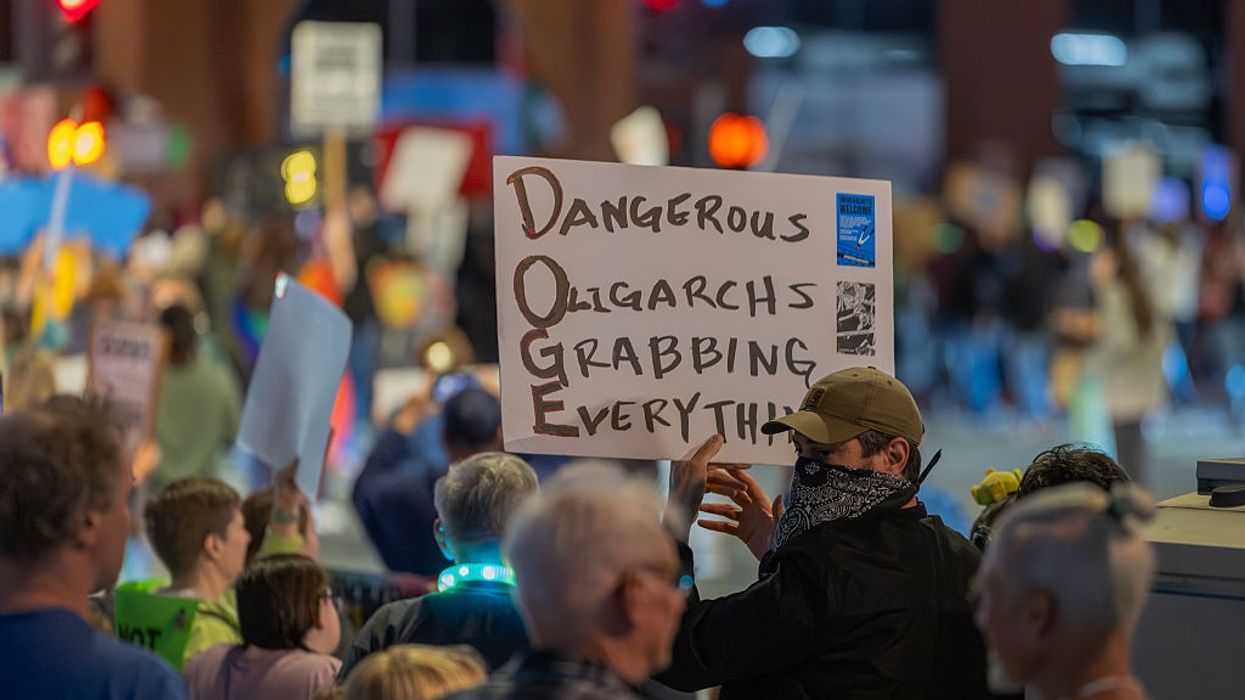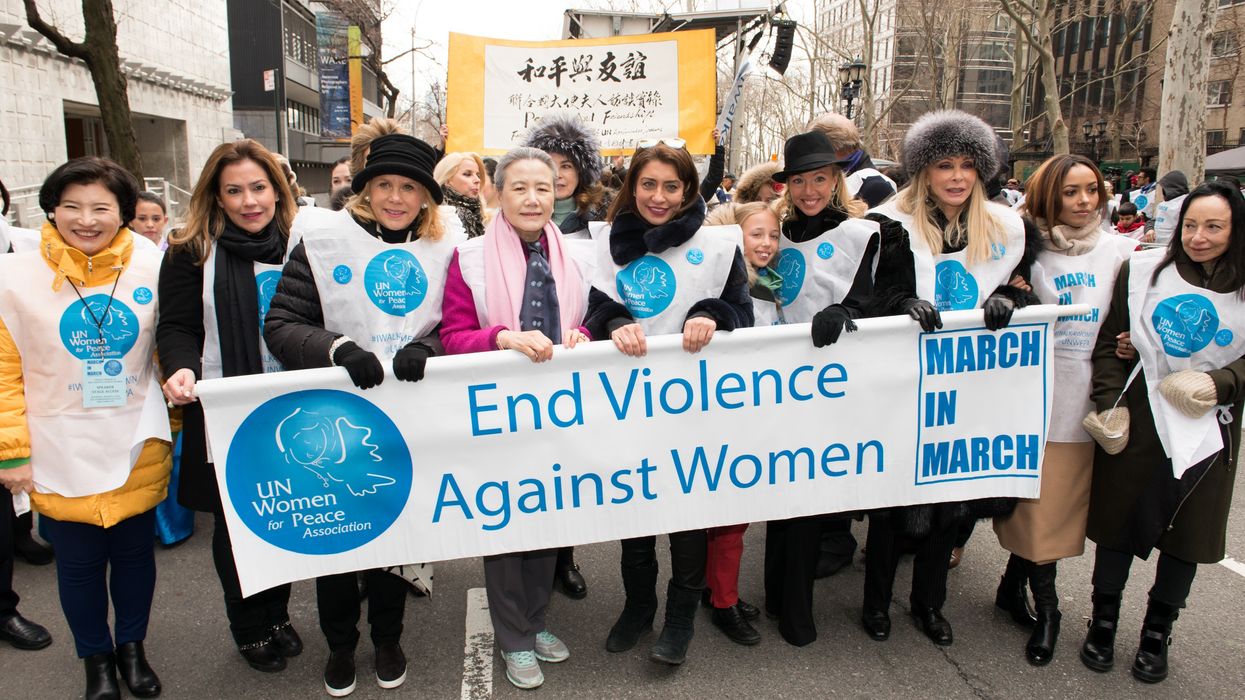DOGE 'Doesn't Exist' Anymore, But the Damage It Did 'Will Be Felt for a Long Time'
"The little bit of spending DOGE cut has already killed hundreds of thousands and will eventually lead to millions of deaths," one expert said.
The Department of Government Efficiency—Elon Musk's much-heralded attempt to take a chainsaw to the federal bureaucracy—has quietly disbanded eight months before its official expiration date, Reuters reported on Sunday.
The news agency received confirmation of DOGE's demise from Office of Personnel Management Director Scott Kupor earlier this month.
"That doesn't exist," Kupor told Reuters, adding that it was "no longer a centralized agency."
Kupor also said that a government hiring freeze implemented by DOGE had ended.
" DOGE is fading away like bank robbery gangs fade away after the robberies are done."
When President Donald Trump first signed the executive order creating DOGE, he said that it would last until July 4, 2026. However, following a public feud with Musk in late spring, Trump and his team had indicated the department was no longer active, often speaking of DOGE in the past tense.
Musk originally set out to save $1 trillion in federal expenditures by cutting what he claimed to be waste. According to the DOGE website, the department has only saved $214 billion of that aim. However, even that number is in dispute, with one Senate report finding the agency wasted over $21 billion.
At the same time, DOGE sowed chaos in the federal government by mass firing workers, hobbling consumer watchdog agencies, and gutting the US Agency for International Development (USAID)—a move that could lead to more than 14 million deaths worldwide by 2030. At the same time, DOGE employees' attempts to gain access to sensitive government data have made the data of millions of Americans less secure. One whistleblower report said the department uploaded Social Security data to a cloud server at risk from hacking.
Several experts reacted to Reuters' report by reflecting on DOGE's destructive legacy.
"Difficult to overstate how profound a failure DOGE was," Bobby Kogan, the senior director of federal budget policy at the Center for American Progress, wrote on social media. "Spending in FY2025 was not only than in FY2024—but higher than it was projected to be when Trump first took office.* The little bit of spending DOGE cut has already killed hundreds of thousands and will eventually lead to millions of deaths."
Rachel Khan wrote for the New Republic:
DOGE’s legacy is both very stupid and very sad: It decimated the federal workforce, including Social Security personnel at local offices, and made it easier for hackers to access your data. The agency tore apart USAID, which resulted in hundreds of thousands of lives lost globally. And all this for projected savings—numbers which grew smaller and less ambitious every time Musk mentioned them.
While DOGE may fade away into a fever dream of Trump’s first 100 days, its effects—and the suffering it inflicted—will be felt for a long time.
Dean Baker, senior economist at the Center for Economic and Policy Research, joked, "DOGE seems to be out of business, I guess Elon put our $5k dividend checks in the mail," referring to a promise Musk had made to redistribute DOGE's savings to taxpayers.
However, other commenters argued that DOGE had not failed, but had rather succeeded at its unstated aims.
Georgia State University political scientist Jeff Lazarus wrote that Musk "donated $277 million to Trump so he could steal the federal government’s data, dismantle the nation’s infrastructure, and stop foreign aid from going to nonwhite people. It’s a quid pro quo breathtaking in scope, corruption, and damage, & completely unprecedented in American history."
Bluesky user En Buen Ora wrote: "DOGE did not fail in any way to accomplish its goals. Its goals were never efficiency or saving money. Its goals were to destroy as much of government as possible forever, and to steal data for the Space Nazi. DOGE is fading away like bank robbery gangs fade away after the robberies are done."
While DOGE as an entity may not longer be working, Reuters noted that several of its employees had moved on to other government positions:
- Airbnb cofounder Joe Gebbia now runs the Trump-created National Design Studio;
- former Acting DOGE Administrator Amy Gleason is an adviser at the Department of Health and Human Services (HHS);
- DOGE team member Zachary Terrell is chief technology officer at HHS;
- Rachel Riley is chief of the Office of Naval Research; and
- Jeremy Lewin, who helped gut USAID, works for the State Department overseeing foreign assistance.
ProPublica has compiled a running list of every DOGE staffer it could verify, which now totals 114.
Author Tyler King wrote on social media that “‘DOGE doesn’t exist anymore' is a misleading premise because more than 100 former DOGErs have become deeply embedded in federal agencies to generally fuck around with our data and arbitrarily disrupt budgets."


